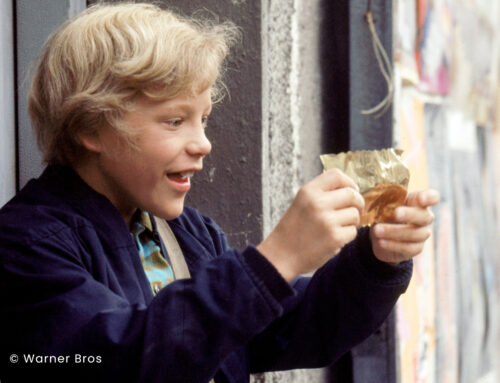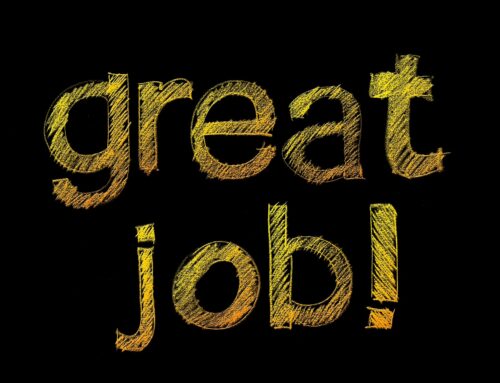You know the feeling—you just got a new job, client or case and you’re all charged up. Ignited by the challenge, you are optimistic, goal oriented, focused and excited. During a phase like this, you are unstoppable and always looking for what’s next. But, what happens when that feeling abates? When the opportunity is no longer new and the exiting aspects have given way to feelings of disenchantment?
It turns out that all through our lives we are always moving through a cycle of renewal, according to Frederic M. Hudson, an author and thought leader in the field of managing life changes and strategies for self-renewal and metamorphosis. His work explores how adults can design meaningful lives and develop flexibility to navigate through changing and uncertain times.
The feeling of exhilaration I described above are attributed to the first of four distinct phases that we continuously cycle through in our lives. Hudson calls phase 1 “Go for It,” describing nicely how people feel while they’re in the flow of a new endeavor.
Regardless of which phase you are in right now, there are steps, activities and strategies to move once again toward that great “Go for It” phase. The other three phases are “The Doldrums,” “Cocooning” and “Getting Ready.”
Awareness and understanding where you are can help, because you may find yourself incapable of doing certain things that you think you should because of how you feel, but there is always a step you can take regardless of the phase. I will use a client journey to illustrate.
When Bonnie called me, she had been laid off from a large Philadelphia law firm and was in a state of disbelief and completely dispirited. She decided to call a coach after spending a month on the couch and needing something to get her motivated and moving forward.
However, dialing a phone does not magically change where the client is and the best strategy for a coach is to meet them there, rather than pushing them before they’re ready for the next phase.
Bonnie was quite solidly in “The Doldrums,” a phase marked by feeling angry, disenchanted, bored, stuck and trapped. She felt obsolete and realized she needed a career tune-up, with no ideas or energy to make it happen on her own. As much as I wanted her to gear up and get going, she simply was not ready to charge ahead. This can also happen when your career feels stagnant or plateaued—not necessarily from a job loss.
The first two phases in the cycle of renewal are rooted in external achievement—”Go for It” marked by the energy of accomplishment and “The Doldrums” by the fatigue and burnout that follows.
There are steps you can take durng “The Doldrums,” including self-reflective activities such as journaling, values assessments, talking with friends, colleagues, coaches and therapists, and meditation. Bonnie joined a synagogue during this period and it helped her find a community that cares, rediscover her spirituality and realize that a career is just one facet of who she is. The goal is to reclaim your sense of purpose and that will move you out of “The Doldrums” and into phase 3—”Cocooning”.
“Cocooning” is an inner journey where you are coming to terms with yourself and is marked by discovering new strengths, identifying inner resources, growing yourself and finding purpose and meaning. During this phase, one tends to feel a sense of loss, grieving, anger, loneliness and desire to withdraw in order to think things through.
For Bonnie, cocooning entailed beginning to figure out who she was in her career, what her value proposition is, the types of jobs and locations that interested her. She began to observe what matters to her, what she is drawn toward. Bonnie also took an art class—something completely unrelated to her career that enabled her to tap into hidden reserves of energy and interest.
This brought her to the phase 3 in the cycle of renewal—”Getting Ready.” Energetically, this phase feels better because the inner journey is beginning to move outward as you explore and practice the future. “Getting Ready” is marked by renewed optimism, excitement, clarity, commitment and a sense of purpose.
Bonnie was on fire by the time she hit phase 3. She joined networking groups aligned with her industry and interests and also one designed for older job seekers. She went to career workshops and leaned into learning techniques and strategies for the modern job search. “Cocooning” and “Getting Ready” are rooted in internal renewal, rather than external achievement. In these phases, we prepare ourselves for phase 1, where this article started—”Go for It.”
In phase 1, Bonnie began to treat her job search like a full-time job. She hired a professional resume writer and was delighted with herself on the page. Sometimes we lose sight of our accomplishments or downplay them in our minds and having it on paper is a visual reminder as well as a job search tool. The resume helped give Bonnie more confidence to seek introductions, make connections, and come up with an elevator speech—a 30-second statement to convey who you are and what you do in a concise and impactful way. She created a LinkedIn profile, checked online listings, researched good places to work, networked with others in her industry, regularly attended professional organizational meetings, conducted informational interviews, got the attention of recruiters, and began to get job interviews. Ultimately, she had several offers and made a successful and happy career transition.
The cycle of renewal includes four phases that capture how we experience change. These are the chapters of our lives and, as much as we may wish it, we cannot stay in “Go for It” forever and must experience “The Doldrums,” “Cocooning” and “Getting Ready.”
As you read this column, try to discern where you are at this moment in your career. Did any of the descriptive words associated with the four phases jump out at you or resonate in some way with respect to your career and life?
We are always cycling through these phases in different areas of our lives, not just our careers. When things start to feel stagnant, it is usually a wake-up call for change. When you understand what’s happening, you can select activities to help you manage that change in a proactive and effective way designed to move forward.
Reprinted with permission from the May 30, 2018 edition of “The Legal Intelligencer” © 2018 ALM Media Properties, LLC. All rights reserved. Further duplication without permission is prohibited. For information, contact 877-257-3382, reprints@alm.com or visit www.almreprints.com.






